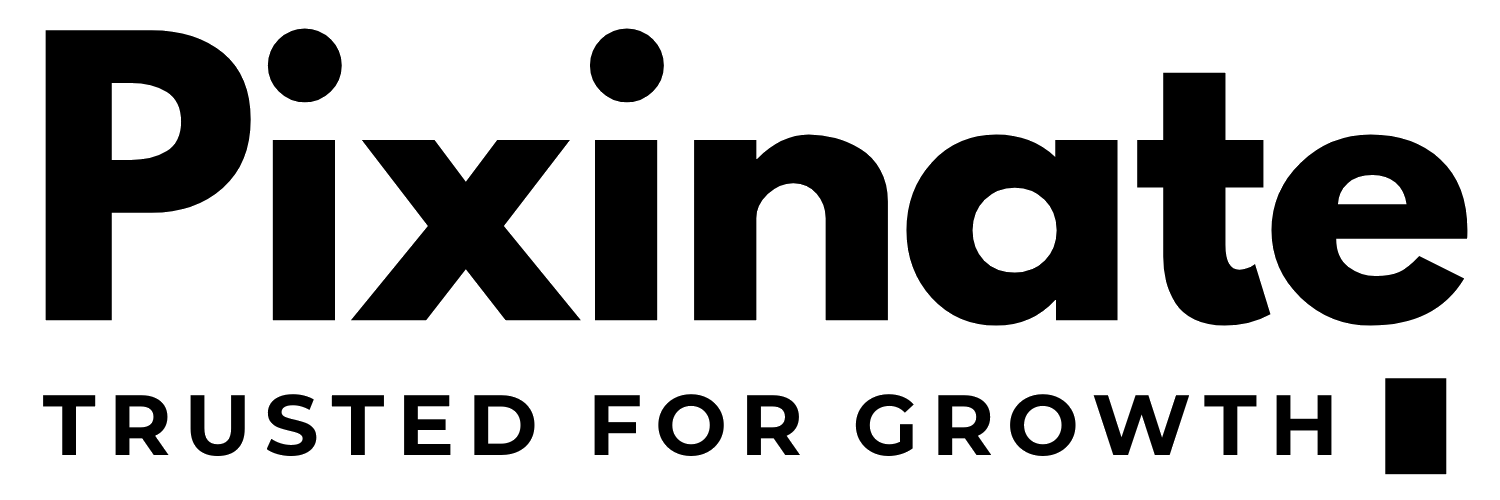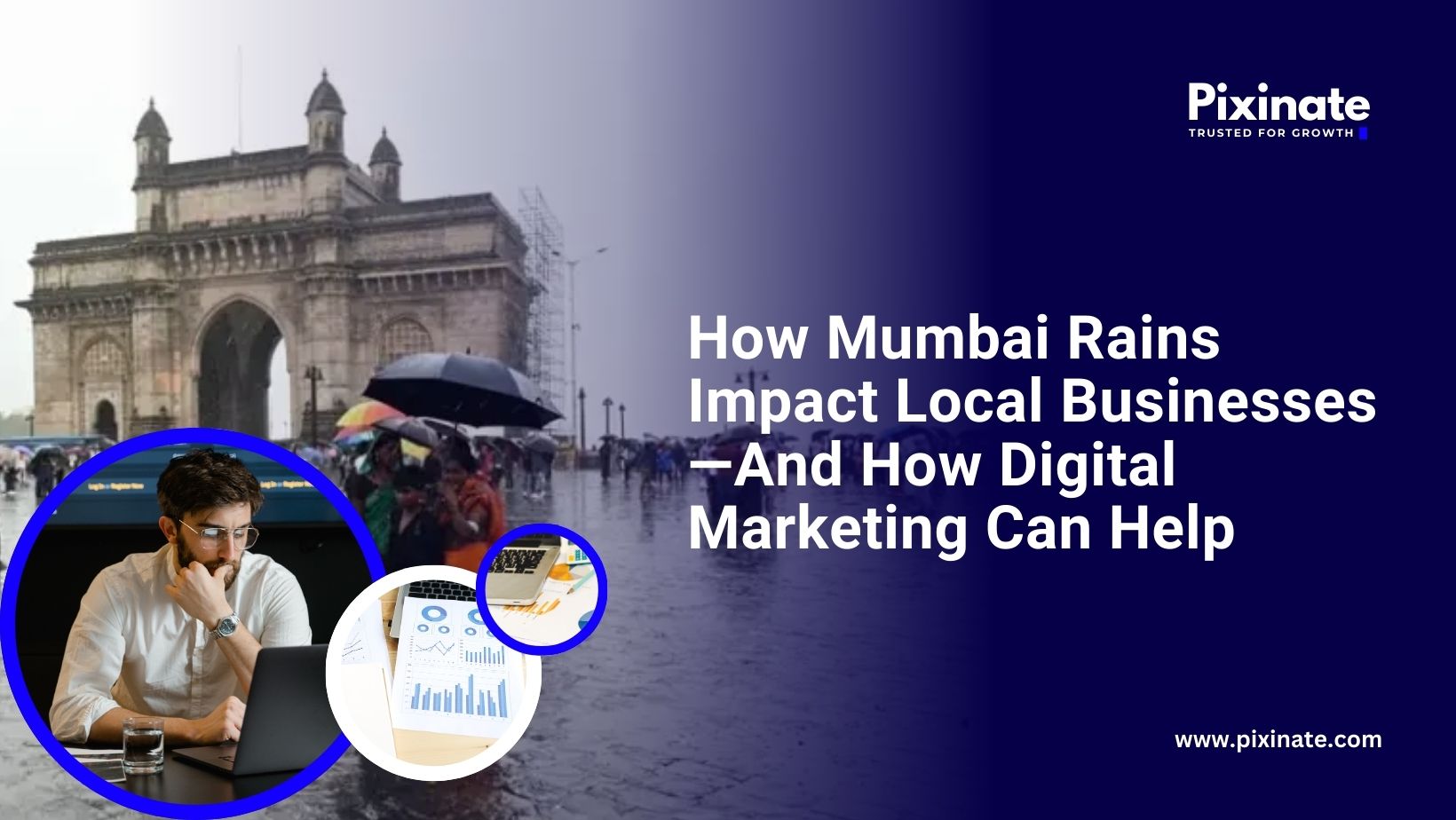Table of Contents
ToggleThe Key to Building Meaningful Connections
Content marketing has become a cornerstone of successful digital strategies. It’s more than just creating posts or publishing articles; it’s about building meaningful relationships with audiences by offering valuable, relevant content that meets their needs. Whether you’re a small business or a large corporation, understanding how content marketing works can transform how you connect with customers, drive traffic, and grow your brand.
This guide will introduce you to content marketing, explaining what it is, how it works, and how to get started effectively.
What is Content Marketing?
Content marketing is a strategy focused on creating, publishing, and distributing valuable content to attract and retain a target audience. Unlike traditional advertising, which directly promotes products or services, content marketing delivers value to the audience in the form of information, entertainment, or insight. The goal is to educate, engage, and build trust, ultimately leading to conversions and loyal customers.
Why Content Marketing Matters
Content marketing is crucial for today’s businesses for several reasons:
- Builds Brand Awareness: High-quality content helps establish your brand as an authority in your industry.
- Engages and Educates Audiences: Valuable content keeps your audience informed and engaged, building trust over time.
- Supports SEO Efforts: Quality content optimized for search engines can improve your website’s visibility.
- Drives Conversions: By guiding users through the buyer’s journey, content marketing can turn visitors into customers.
How Does Content Marketing Work?
The core of content marketing is understanding your audience and creating content that addresses their needs at different stages of the buyer’s journey. Here’s how it works in practice:
- Define Your Audience:
- Identify who your target audience is by analyzing demographics, interests, challenges, and preferences.
- Create customer personas to gain a deeper understanding of their needs and goals.
- Set Clear Goals:
- Outline what you want to achieve with content marketing, whether it’s to increase website traffic, generate leads, boost engagement, or drive sales.
- Align your content goals with your broader business objectives.
- Choose Content Types and Channels:
- Select the types of content that resonate best with your audience, such as blog posts, videos, infographics, podcasts, or social media posts.
- Determine where your audience spends time online and distribute your content across those channels.
- Content Creation:
- Research Topics: Identify what your audience is searching for or interested in. Tools like Google Trends, SEMrush, or Ahrefs can provide insights into popular topics.
- Optimize for SEO: Integrate keywords naturally, use proper headings, and write compelling meta descriptions to enhance search engine rankings.
- Create Value-Driven Content: Ensure each piece of content is informative, valuable, and relevant to the audience. Aim to solve a problem, answer a question, or provide unique insights.
- Distribute and Promote:
- Share your content across your owned channels, including your website, social media, and email newsletters.
- Use paid promotion (like social media ads) if needed to expand your reach.
- Measure Performance:
- Track metrics like engagement rate, click-through rate, conversions, and ROI to understand what content resonates best.
- Use this data to refine and improve future content strategies.
Key Content Marketing Strategies
To make your content marketing efforts more effective, consider implementing these essential strategies:
- Storytelling:
- Craft compelling stories that make your brand relatable. Use storytelling to showcase customer testimonials, your brand’s journey, or product usage.
- SEO and Keyword Optimization:
- Conduct keyword research to discover what your audience is searching for, then incorporate these keywords naturally in your content.
- Repurposing Content:
- Maximize your efforts by repurposing content across various formats and channels. For instance, transform a blog post into an infographic or video to reach different segments of your audience.
- User-Generated Content (UGC):
- Encourage your audience to create content related to your brand. UGC, such as customer reviews, testimonials, and social media posts, boosts authenticity and trust.
- Content Calendars:
- Use a content calendar to plan and organize your content. A well-organized calendar ensures timely publishing and maintains consistency.
Benefits of Content Marketing
Content marketing offers numerous benefits for businesses, including:
- Increased Traffic: By creating SEO-optimized content, you attract more organic traffic to your website.
- Improved Customer Retention: Quality content builds lasting relationships, encouraging repeat engagement and brand loyalty.
- Higher Conversion Rates: Content tailored to various stages of the buyer’s journey helps guide users toward a purchase.
- Cost-Effective Marketing: Compared to traditional ads, content marketing is relatively affordable and yields long-term results.
Getting Started with Content Marketing for Your Business
If you’re new to content marketing, here’s a simple checklist to get started:
- Define your target audience and buyer personas.
- Set measurable content marketing goals.
- Plan your content types and distribution channels.
- Create high-quality, value-driven content.
- Promote your content and engage with your audience.
- Track performance and refine your approach based on data.
Why Choose Pixinate for Your Content Marketing Needs?
Creating an effective content marketing strategy takes expertise, time, and consistent effort. At Pixinate, our content marketing team specializes in crafting high-quality, SEO-friendly content that resonates with audiences and drives meaningful results. We help businesses elevate their digital presence, improve SEO rankings, and increase conversions with tailored content strategies.
Conclusion
Content marketing is more than just a strategy—it’s a way to connect with your audience, provide value, and build long-term relationships. By understanding your audience’s needs and creating content that serves them, you can transform your brand’s online presence, drive consistent traffic, and enhance customer loyalty.
Ready to grow your business through content marketing? Contact Pixinate today and let’s start creating content that converts!




